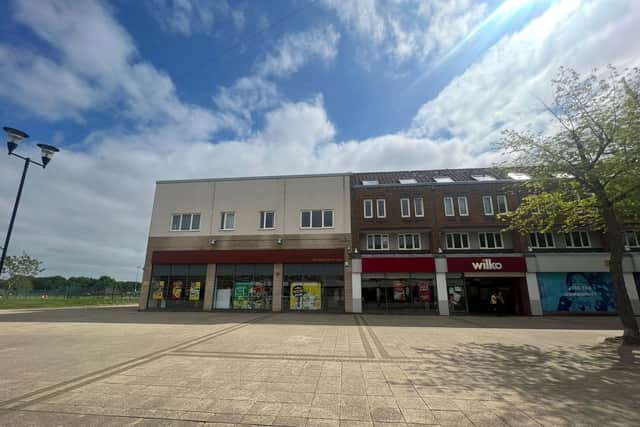Peterborough stores and jobs set to be at risk as at homeware chain Wilko enters administration
and live on Freeview channel 276
Staff at homeware chain Wilko in Peterborough face an uncertain time after the retailer collapsed into administration.
The company, which has 400 UK stores including two in Peterborough, has been unable to find emergency investment to help save the jobs of around 12,000.
Advertisement
Hide AdAdvertisement
Hide AdWilko has stated that it has filed a ‘notice of intention’ to appoint administrators.


The retailer has a store in the Hereward Cross Shopping Centre and another at the Ortongate Shopping Centre, in Orton Goldhay, where it had been poised to sign a five year lease renewal with its current lease agreement due to expire in September.
Chief executive Mark Jackson was previously reported to be continuing talks with interested parties about options for the business.
He said it was hoped to find a solution as quickly as possible to "preserve the business".
Advertisement
Hide AdAdvertisement
Hide AdThe retailer has not made any announcement about job security for its staff.
Andy Prendergast, national secretary of the GMB union, previously said: “This is extremely concerning but we remain hopeful that a buyer can be found.
“Wilko’s staff deserve reassurance that their jobs are safe.
"We hope this is the number one priority going forward.”
The crisis around the privately owned Wilko, which was established in 1930 in Leicester, comes at a time of intense challenges for retailers in the face of seemingly ever rising interest rates and higher energy costs as well as falling customer spending.